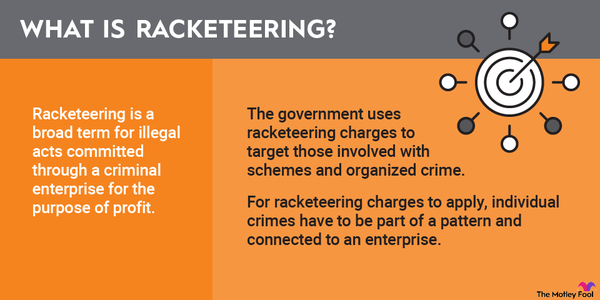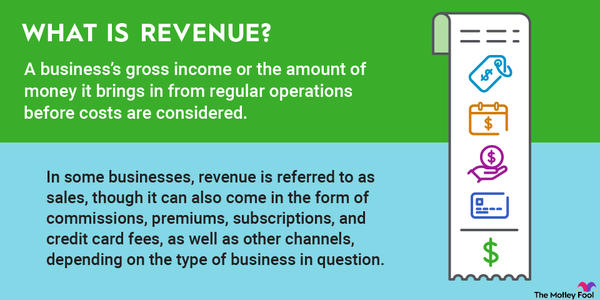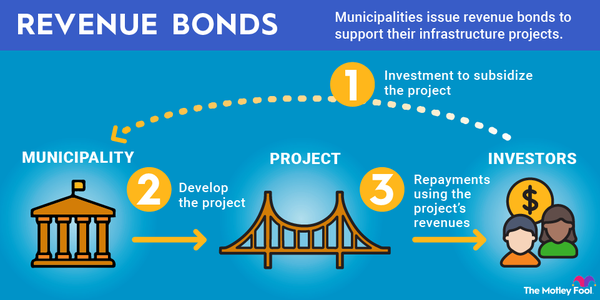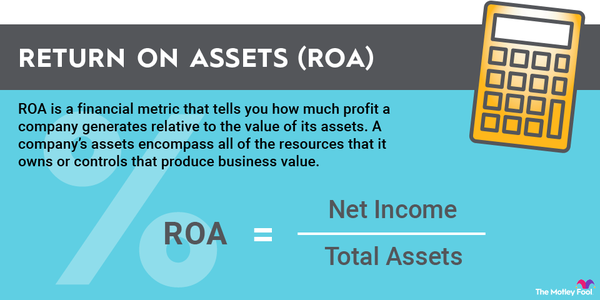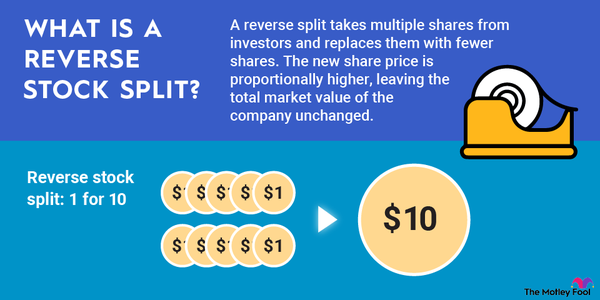Remaining performance obligation (RPO) is a simple concept that helps businesses and investors understand future revenue. Think of RPO as the total amount of money a company expects to earn from its existing contracts with customers.
This includes revenue that has already been invoiced but not yet earned, as well as future amounts that will be invoiced for services or goods not yet delivered. Essentially, RPO provides a clear picture of a company's pipeline of future earnings, providing great insights into its financial health and growth potential.

What is it?
What is an RPO?
An RPO is the total amount of revenue a company expects to recognize in the future through contracts with customers. This includes both the deferred revenue already invoiced and amounts that will be invoiced in the future for services and goods not yet delivered. It can be expressed using the following equation:
RPO = Deferred revenue + future revenue from un-invoiced contracts
RPO is a crucial metric for helping investors and analysts understand a company's future revenue potential and where it might run into cash flow issues.
How it is used
How RPO is used
Imagine you are a landlord who has rented out an apartment. Your tenant has agreed to pay rent monthly. But at the beginning of the lease, they promise to pay you the entire year's rent up front and give you post-dated checks for each month.
You hold these checks but haven't cashed them yet because each is intended for a future month. In business terms, you have the promise of receiving this rent money (revenue) over the next year, but you haven't "earned" it yet because the rental periods haven't occurred.
RPO for a company is like the money you are set to receive from your tenant over the year. It's the total amount of revenue the company expects to earn in the future from contracts it's already signed. This includes both the deferred revenue (money you've received but haven't earned yet) and future revenue from un-invoiced contracts.
RPOs can be helpful in several aspects of business. Some of the most common are:
| Where RPO Can Be Helpful | How RPO Helps |
|---|---|
| Investor relations and transparency | RPO provides transparency into a company's future earnings. It helps assess the sustainability and growth of a company's revenue, offering a more detailed picture than traditional revenue reporting. |
| Forecasting and revenue planning | RPO offers insights into a company's future revenue streams. By understanding the total value of contracted but unfulfilled obligations, companies can make informed predictions about their future financial performance and revenue growth. |
| Contract management | RPO aids in contract management by tracking the remaining obligations under current contracts. This enables companies to be aware of their pending commitments and allocate resources accordingly. |
Key aspects
Key aspects of RPO
RPO is a comprehensive metric that provides valuable insight into a company's future revenue streams and financial commitments. Understanding its key components is essential for evaluating a company's financial health and growth potential.
Deferred revenue
Deferred revenue, also known as unearned revenue, represents money a company has received for goods or services that have not yet been delivered or performed. This is a crucial component of RPO because it indicates the amount of future revenue that has already been invoiced but not yet recognized in the company's financial statements.
Deferred revenue is typically recorded as a liability on the balance sheet, reflecting the company's obligation to deliver goods or services in the future. For instance, if a software company sells a one-year subscription service and receives payment up front, the revenue for the remaining months of the subscription period is considered deferred revenue until the service is provided.
Future Invoicing
Future invoicing refers to the expected revenue from goods or services that have been contracted but not yet invoiced. This component of RPO includes amounts the company anticipates billing in the future based on existing contracts. Future invoicing helps provide a complete picture of the company's future revenue potential, not just the revenue that has been deferred.
For example, a construction company might have a multiyear contract for a project with milestones that trigger future invoices as the project progresses. The anticipated revenue from these future invoices is included in the RPO, offering insights into the company's long-term revenue prospects.
Contract types
Types of Contracts Affecting RPO
Let's examine the different types of contracts that can influence a company's RPO.
Subscription contracts
For companies offering subscription services, RPO includes the remaining value of the subscription period, which is especially common in software-as-a-service (SaaS) businesses. Every time you subscribe to Netflix (NFLX 0.08%), for instance, your entire contract is calculated using Netflix's RPO metrics.
Long-term contracts
In industries such as construction or aerospace, RPO often includes the value of long-term contracts that extend over multiple years, providing a steady stream of future revenue. The defense industry, which often takes years to develop technology, uses RPO metrics heavily when assessing both a company's present value and future prospects.
RPO in regulatory filings
RPO is often disclosed in a company's regulatory filings, providing transparency and detailed insight into future revenue expectations. This information is valuable for analysts and investors when assessing a company's financial health and growth prospects.
Example
Example: Using RPO to measure growth potential
To illustrate, let's consider a SaaS company that sells a class subscription for up-and-coming streamers. The company signs a contract with a customer for a two-year subscription service worth $240,000.
Related investing topics
The customer pays $120,000 up front for the first year, which the company records as deferred revenue. The remaining $120,000 will be invoiced at the beginning of the second year. Let's break it down as simplistically as possible:
- Deferred revenue: The $120,000 received up front is recorded as deferred revenue, reflecting the company's obligation to provide services over the first year.
- Future invoicing: The additional $120,000 to be invoiced at the start of the second year is included in the RPO, representing the revenue expected to be billed in the future.
By combining deferred revenue and future invoicing, the RPO for this contract would be $240,000, providing a clear view of the total revenue the company expects to earn from this contract over the two-year period.


